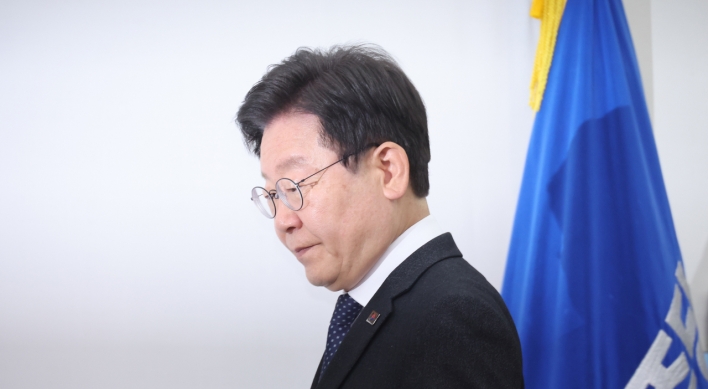S. Koreans taking more time off, women's contribution to household earnings up: data
By KH디지털2Published : Dec. 18, 2014 - 15:59
South Koreans are enjoying more leisure time away from jobs as 40-hour work weeks take root, with women contributing more to household earnings than ever before, nationwide data showed Thursday.
According to the 2014 Korean Social Trend report by Statistics Korea, an average employee put in 43.1 hours of work per week last year, down a sharp 12 hours from 55 hours tallied in 1985.
The country adopted the 44-hour work week in 1989 and 40 hour week in 2004, with 66.4 percent of the workforce coming under the shorter working hour regime as of last year from just 30.2 percent in 2005.
Despite the drop in working hours, the statistics agency said South Korea still had the second longest work week in the Organization for Economic Cooperation and Development (OECD) with the exception of Mexico.
South Koreans worked 2,163 hours per year, much higher than the OECD average of 1,770 hours.
The agency said businesses that have a small number of staff, small-scale operations run by families and jobs in the hospitality sectors were less likely to adhere to the 40-hour work week guideline.
The same data showed income contribution by women family members moving up 1.8 percentage points to 15.2 percent of the total in 2013, from 13.4 percent in 2006.
The figures, in particular, showed that women with the highest-paying jobs accounted for 18.9 percent of an average household's income last year vis-a-vis 16.2 percent in 2006.
Other data regarding women showed 50.7 percent saying they want a job regardless of marital status and family, compared to 29 percent in 1998. Despite this dedication, only 41.7 percent said they placed work above family, which is far lower than 64.3 percent tallied for men.
The latest numbers showed 68.8 percent of all South Koreans over the age of 13 used smartphones. Locals, on the whole, still used more antibiotics than recommended by the World Health Organization (WHO), although there has been a conscientious effort to cut back.
In 2004, 35.2 percent of prescriptions contained some form of antibiotics, yet this dropped to 24.5 percent in 2013. The WHO's recommendation stands at 23 percent.
In other health related matters, 44.9 percent of South Korean men smoked as of 2012, down 22.9 percentage points from 67.8 percent in 1999. On the other hand, the percentage of female smokers in their 20s reached 5.1 percent of the total two years ago from 3.1 percent in 1999.
The latest findings showed divorced men and women smoked more compared to those that had spouses.
Statistics Korea added that with more South Koreans marrying foreigners, there were some 56,000 students that came from multi-ethnic families as of 2013, up roughly twofold from 26,000 in 2009.
The findings showed household debt rising steadily from 2010 onwards, with 66.9 percent of families incurring some sort of debt as of last year compared to 59.8 percent in 2010.
The latest tally also showed there was a net outflow of people from the capital city of Seoul and the surrounding Gyeonggi region.
Last year, such net outflow reached 4,000, with 100,000 having left the area from 2000.
This is in contrast to the steady increase in population for these regions that started from 1970, when people living in rural areas moved to find work in South Korea's largest city and sprawling urban neighborhoods around the capital. (Yonhap)




![[Herald Interview] 'Amid aging population, Korea to invite more young professionals from overseas'](http://res.heraldm.com/phpwas/restmb_idxmake.php?idx=644&simg=/content/image/2024/04/24/20240424050844_0.jpg&u=20240424200058)











![[KH Explains] Korean shipbuilding stocks rally: Real growth or bubble?](http://res.heraldm.com/phpwas/restmb_idxmake.php?idx=652&simg=/content/image/2024/04/25/20240425050656_0.jpg&u=)

